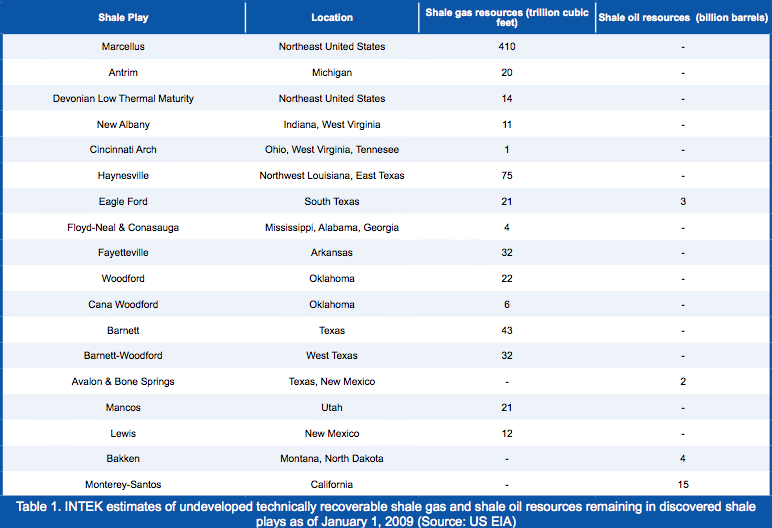Over the last few years, the media has been awash with the buzz and the business of extracting and moving oil and gas from shale deposits. These “shale plays” offer oil and gas exploration and production companies (E&Ps) enticing opportunities to develop hydrocarbon-rich formations that were previously under or undeveloped. With these companies continuing to increase investment into assets and technology related to the development of shale, it appears that shale development will continue for many years to come.
Development of shale requires the utilization of numerous types of fixed equipment. Due to the high cost and risk associated with hydrocarbon production and processing, E&Ps must continue to manage cost-effective and safe fixed equipment programs. Are the fixed equipment integrity management challenges related to shale development different from the current challenges faced in the upstream oil and gas business? And if so, how?
The various oil and gas shale plays in the US are many (see accompanying table). Piping and pipelines to gather the hydrocarbons from various wells and then to transport it to small processing and storage facilities, followed by pipelines to carry the product further are being constructed at a furious pace. In addition, existing pipelines and equipment are being converted from old services to handle the new business.
Over the past few years, following the occurrences of unfortunate, much-publicized incidents (some of which were catastrophic in the pipeline, oil and gas upstream and refining industries), there has been a tremendous amount of attention by operators and regulators alike to address and improve integrity management of oil and gas pipelines for existing infrastructures and traditional types of oil and gas plays. A lot of thought and money has gone, and will continue to go into making sure the infrastructure is safe, sound, and reliable. Infrastructure covers gathering lines, pipelines and well pad equipment in many different locales. Codes and standards are being updated and new ones created by organizations like API to help in the effort. In the midst of this rapidly expanding business it might be helpful to provide a few reminders and a few things to think about to help us avoid reliving the past.
For the most part well pads have the same types of equipment that we have seen at traditional oil and gas production sites for years. E&Ps, various contracting companies, pipeline companies and others are scrambling to build new and modify existing infrastructures to handle the production. Here are just a few things to consider:
QA/QC of new piping and pipelines - In this “dash” to get the infrastructure in place we must not compromise the progress we have made, nor abandon the commitments the industry has made to safety, the environment, and reliability. We must not forget these responsibilities. One does not need to think back too far to remember the consequences suffered as a result of compromise.
Always remember the importance of making sure the right people are in the right places, doing the right things. Certainly we know how to weld pipe correctly and specify materials for the environments. Certainly we understand risks. Hopefully, we have good risk models. However, who is watching out after the quality of new construction? A single missing piece renders a puzzle incomplete and in the same respect, a single missing role within a program, not only renders it incomplete but also, a liability.
How different are the dynamics at shale well sites from those of traditional oil and gas well sites, especially chemistries of produced materials? What unanticipated damage mechanisms, and rates of deterioration, might be lurking? How homogeneous are the chemistries of the oil and gas in one field? How are we testing, monitoring and confirming this?
For existing crudes and gases we know to look after things like sulfur content, organic acids, H2S, water, erosion, erosion/corrosion, etc. because they can cause extensive deterioration and lead to failure of equipment. How well do we understand these factors in the new shale plays as we “punch and frac”, even within the same field? Do we understand what their impact is on our equipment? Are we doing a good job of corrosion and integrity management?
These are just two areas for consideration. I am sure there are many more and that many of you are already addressing these issues. As we continue to improve existing upstream, mid-stream, and downstream integrity management programs let’s remember to apply the same careful thought and attention to our new opportunities!


















Comments and Discussion
There are no comments yet.
Add a Comment
Please log in or register to participate in comments and discussions.